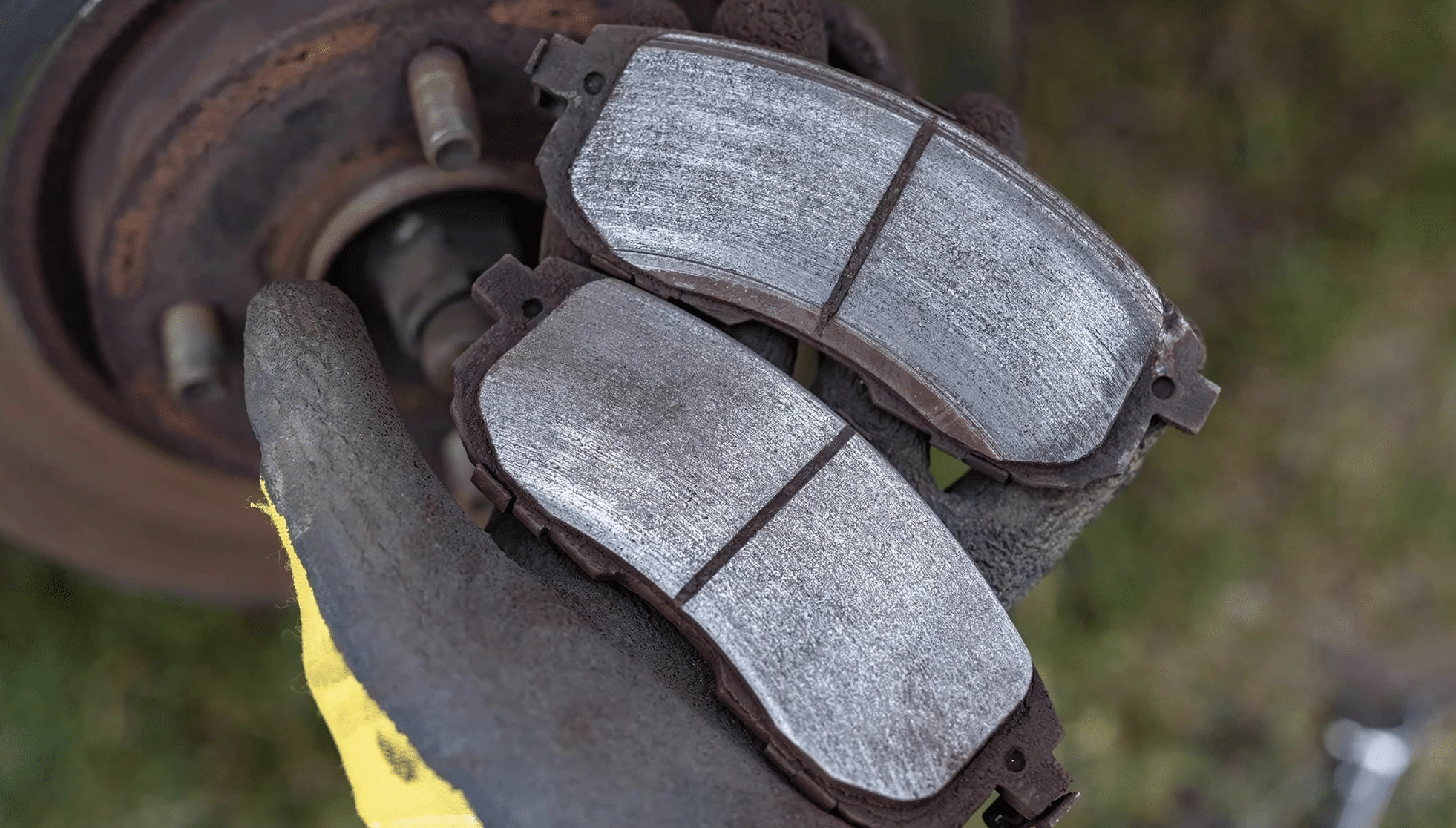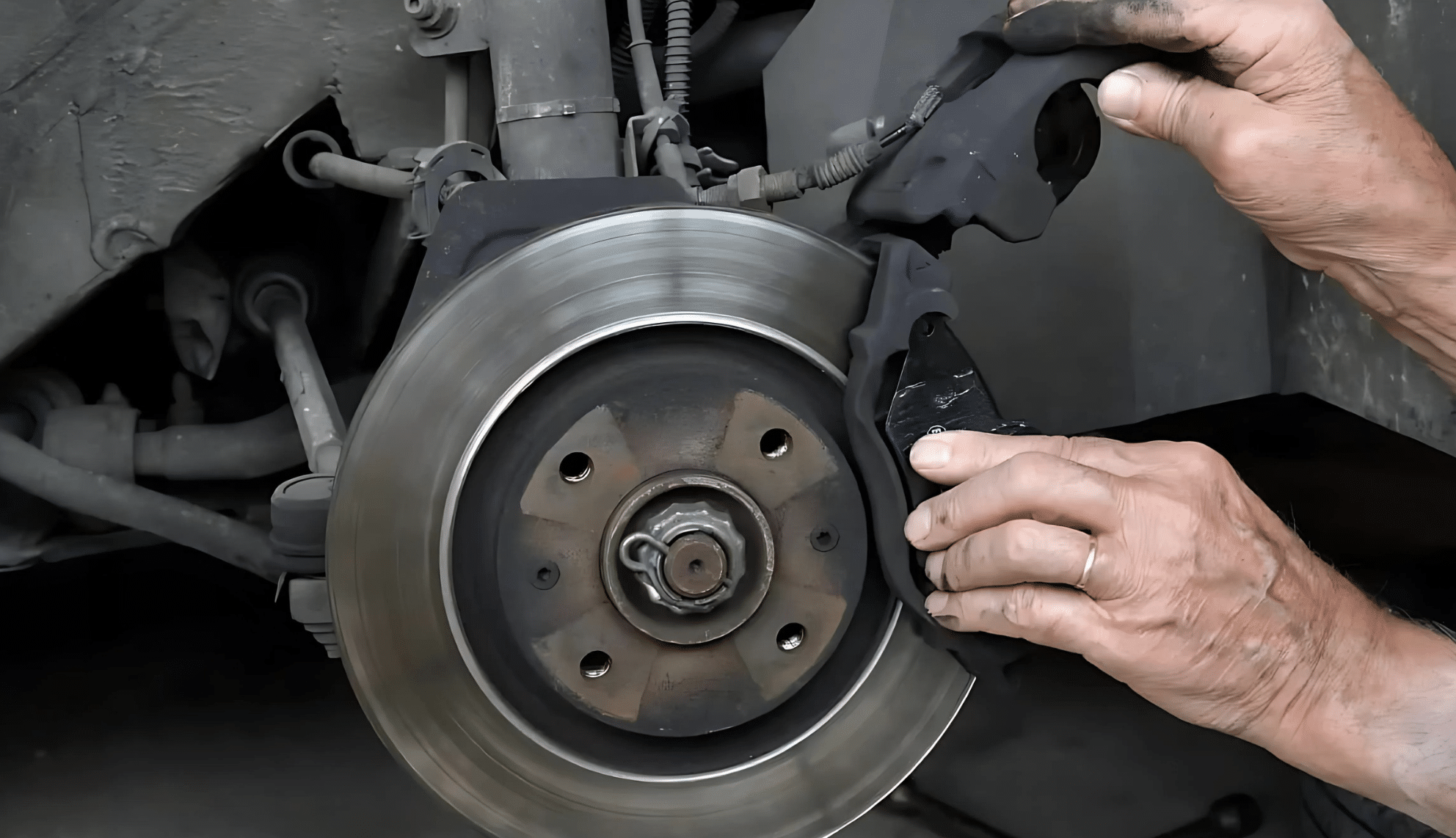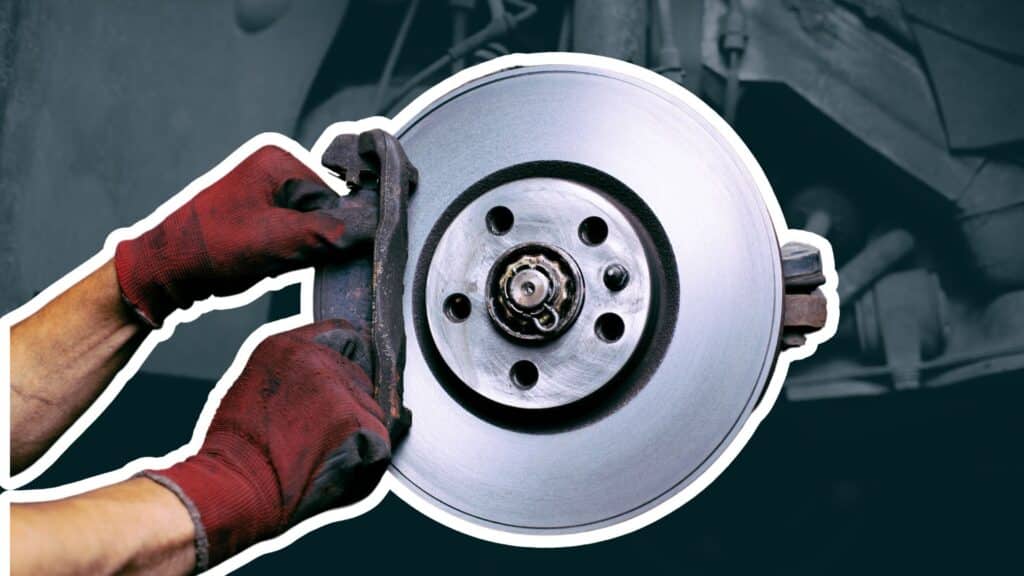Keeping your car’s brakes in top shape is key to safe driving. Many car owners wonder how many brake pads per wheel their vehicle needs.
It’s a common question, especially regarding maintenance and repairs. Knowing the right number of brake pads can save you time and money at the auto shop.
This article will clear up any confusion about brake pad counts. We’ll explore how many brake pads you need per wheel, why the number might differ for some cars, and when to replace them.
By the end, you’ll have a solid grasp on brake pad basics, helping you make smart choices for your vehicle’s upkeep and safety.
What Are Brake Pads?
Brake pads are key parts of your car’s braking system. They’re flat pieces that press against the brake rotors to slow down or stop your vehicle.
They work as you push the brake pedal; the brake pads squeeze the spinning rotor, creating friction. The friction slows down the wheel, which slows down your car.
Brake pads are made to wear down over time. This wear protects other, more costly parts of your braking system. They act like a buffer between the brake caliper and the rotor.
Without brake pads, your car wouldn’t be able to stop safely. They turn the energy of your moving vehicle into heat, allowing you to slow down or stop when needed.
Number of Brake Pads Needed Per Wheel

Have you ever wondered how many brake pads your car needs? It’s not as simple as you might think. Let’s break it down and look at the common setups and some special cases.
1. Standard Configuration
Most cars have two brake pads for each wheel. One pad sits on the inside of the rotor, and the other sits on the outside. This setup helps to spread out the braking force evenly.
A typical car with four wheels has eight brake pads, or two pads per wheel: four in the front and four in the back. This setup is common in many cars today.
2. Variations by Vehicle Type
While two pads per wheel are the norm, some cars are built differently
Sports cars often use more complex braking systems. They might have bigger rotors and more brake pads to help them stop faster.
Some larger vehicles, like trucks or SUVs, may also need more brake pads. Their extra weight means they need more stopping power.
Older cars or some smaller cars might use drum brakes on the rear wheels.
Drum brakes work differently, and don’t use the same brake pads. If your vehicle has drum brakes in the back, you’ll only have brake pads on the front wheels.
A few high-end cars use a setup with four brake pads per wheel. This is rare but exists in some luxury or performance vehicles.
The number of brake pads your car needs can change, but two brake pads per wheel is the standard for most people driving regular cars.
Types of Brake Pads
Different cars need different types of brake pads. The kind you choose can affect how your car stops, how long the pads last, and even how much noise your brakes make. Let’s look at the main types:
| Type of Brake Pad | Materials Used | Key Characteristics | Best For | Drawbacks |
|---|---|---|---|---|
| 1. Semi-metallic | 30-65% metal (steel, copper, iron), fillers, friction modifiers | Tough, handles high heat, works well in many weather conditions | Heavy-duty use, high-performance vehicles | It can be noisy and may wear rotors faster |
| 2. Ceramic | Dense ceramic material, copper fibers | Quiet, low dust production, long-lasting, stable in various temperatures | Daily driving, clean and quiet operation | More expensive |
| 3. Organic (NAO) | Rubber, glass, Kevlar, resins | Soft, very quiet, gentle on rotors, good for normal driving | Normal driving, city cars | Wears out faster, less effective in extreme conditions |
| 4. Low-metallic (NAO) | Organic materials, 10-30% metal (copper, steel) | Balances softness and toughness, handles heat well | Moderate performance, balanced needs | Can produce more brake dust than ceramics |
Signs That Your Brake Pads Require Replacement

Your car’s brake pads wear down over time. Knowing when to replace them is key for safe driving. Here are some signs to watch out for:
Common Symptoms
Here are some common symptoms that will help you know when your brake needs replacement:
- Squealing or grinding noises: If you hear a high-pitched squeal when you brake, it’s often a sign that your brake pads are worn. A grinding noise is even more serious – it could mean the pads are completely worn out.
- Reduced braking performance: If your car takes longer to stop than usual, or if you need to press the brake pedal harder, your brake pads might be wearing thin.
- Visible wear on the brake pads: You can often see your brake pads through the wheel spokes. If they look very thin (less than 1/4 inch), it’s time to replace them.
- Vibrations when braking: If you feel a shaking in the steering wheel or brake pedal when you slow down, it could mean uneven wear on your brake pads.
- Dashboard warning light: Many newer cars have a brake pad wear sensor. If it lights up, get your brakes checked soon.
Importance of Regular Inspections
Checking your brake pads regularly is a must for safe driving. Here’s why:
- Safety first: Good brake pads help you stop quickly in emergencies. Worn pads put you and others at risk.
- Avoid costly repairs: Replacing pads on time prevents damage to other brake parts, which can be much more expensive.
- Catch problems early: Regular checks can spot issues before they become serious, saving you money and keeping you safer.
- Peace of mind: Knowing your brakes are in good shape gives you confidence.
- Maintain your car’s value: Well-maintained brakes are a sign of a well-cared-for vehicle, which can help its resale value.
Most mechanics suggest checking your brake pads every 12,000 miles or once a year, whichever comes first.
But if you drive a lot in the city or live in a hilly area, you might need to check more often.
Factors Influencing Brake Pad Count
The number of brake pads a vehicle needs isn’t always the same. Several factors can affect this number. Let’s examine what makes a difference.
1. Vehicle Design
How a car is built plays a big role in how many brake pads it needs. Heavier cars, like big SUVs or trucks, often require more braking power.
This might mean larger brake pads or sometimes even more of them.
Sports cars, built for speed, need strong brakes to stop quickly. To handle the extra heat from fast stops, they might use bigger brake pads or have a setup with more pads per wheel.
On the other hand, lighter cars might not need as much braking power. They can often use a simpler brake setup with two standard pads per wheel.
2. Braking System Configuration
Most cars have disc brakes in the front and either disc or drum brakes in the back. This setup affects the brake pad count.
Front brakes do most of the stopping work. They often have two brake pads per wheel.
Rear brakes, which do less work, might use the same setup, or have drum brakes, which don’t use pads at all.
Some high-end cars use a setup called “opposed-piston calipers.” This can mean four or even six brake pads per wheel.
3. Special Cases
Some newer cars, like electric or hybrid vehicles, use different braking systems.
Many use “regenerative braking,” which slows the vehicle by turning the electric motor backward.
This system helps charge the battery and reduces wear on the brake pads. These cars also have regular brakes but might not wear out as quickly.
Some very old cars or specialized vehicles might use drum brakes on all four wheels. These don’t use brake pads at all but instead use “brake shoes” inside the drum.
Final Thoughts
Knowing how many brake pads per wheel your car needs is more than just a fun fact. It’s a key part of keeping your vehicle safe and well-maintained.
Most cars use two brake pads per wheel, but as we’ve seen, this can vary based on your car’s design and braking system.
Remember, brake pads wear down over time, so looking for signs of wear is crucial.
Listen for unusual noises, pay attention to how your car responds when you brake, and don’t ignore any warning lights on your dashboard.
Regular checks and timely replacements of your brake pads can save you money on bigger repairs. More importantly, they ensure your car can stop safely when needed.
If you’re ever unsure about your brake pads, don’t hesitate to ask a professional for help.
Frequently Asked Questions (FAQs)
How Often Should I Replace My Brake Pads?
Most brake pads last between 30,000 and 70,000 miles, but this can vary depending on your driving habits and the type of pads you use.
Can I Replace Just One Brake Pad?
It’s best to replace brake pads in pairs (both wheels on the same axle) to ensure even braking and prevent pulling to one side.
What’s The Difference Between Brake Pads and Rotors?
Brake pads create friction to stop your car, while rotors are the discs that the pads press against. Both are crucial for stopping.


